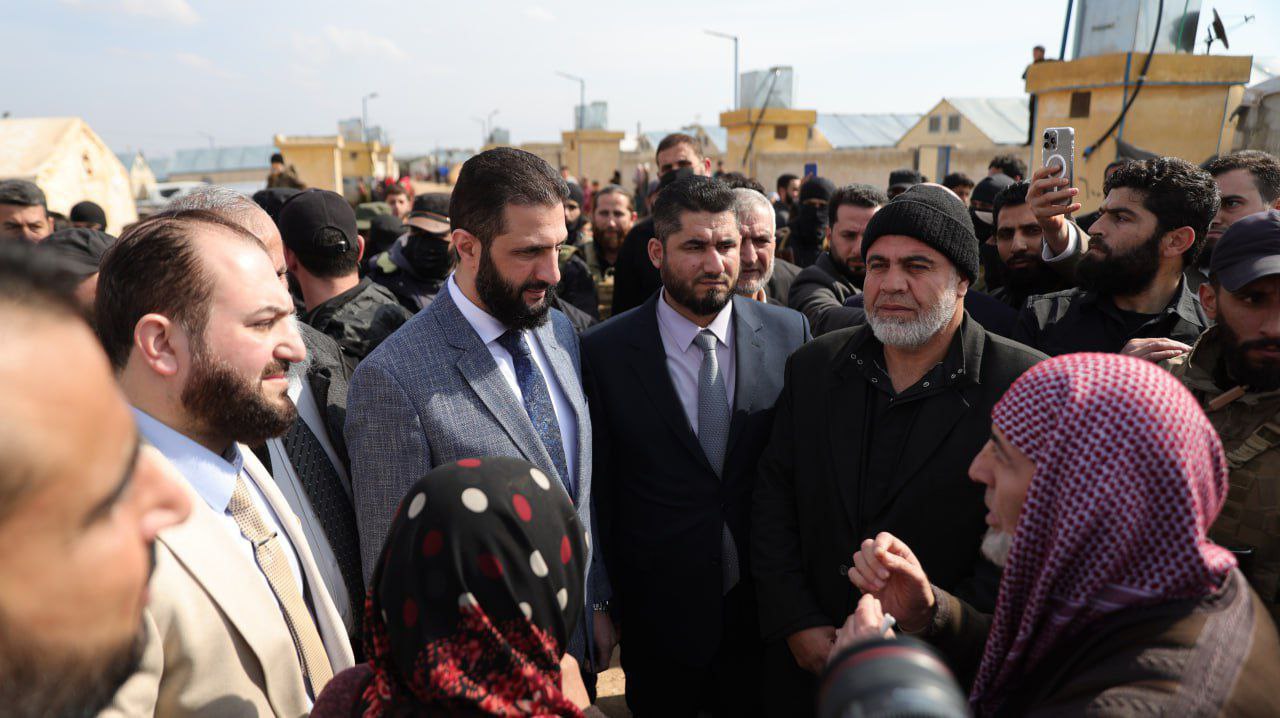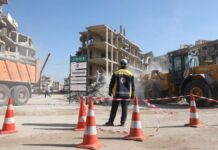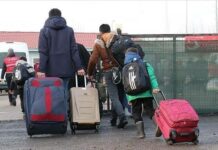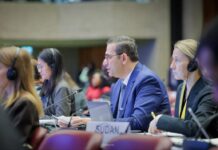
Following the fall of the Assad regime, Syria has seen a rise in the number of refugees returning home, with a UN survey showing that 27% of Syrian refugees now intend to return within the next year. This marks a significant increase from just 1.7% who expressed the same intent before December 8, 2024. However, despite this shift, most refugees remain hesitant due to persistent security concerns, economic difficulties, and a lack of essential services. The situation is further exacerbated in winter, with the drop in temperatures and a lack of heating supplies increasing suffering among those considering return.
Growing Returns, Lingering Hesitation
The UN High Commissioner for Refugees (UNHCR) reported that since December, 280,000 refugees have returned to Syria, and more than 800,000 internally displaced Syrians have moved back to their areas of origin. However, three-quarters of Syrian refugees still have no immediate plans to return, citing concerns over property loss, employment opportunities, and the fragile state of infrastructure.
“The biggest obstacles to return include housing and property rights, security, access to basic services, and economic difficulties,” said UNHCR Representative in Syria Gonzalo Vargas Llosa. He also noted that over 60% of refugees want to visit Syria before making a final decision on returning permanently.
The Reality of Return
For those who have made the journey back, the challenges of reintegration have been stark. Ibtihal, 52, returned to Syria after 13 years in Jordan, only to find her home in Sheikh Miskeen, Daraa, partially destroyed and without electricity or water. “I was overwhelmed with joy when I returned to my homeland,” she said, but the devastation quickly tempered her optimism.
Like many returnees, Ibtihal also struggles with medical care. “The cost of treatment is very high, and traveling to Damascus is expensive. A mere medical consultation there costs 150,000 Syrian pounds,” she explained. With a severe shortage of health workers and medicine, she now faces difficulties continuing her cancer treatment.
Humanitarian Struggles & Economic Pressures
The UNHCR has acknowledged that Syria’s increasing humanitarian needs make it difficult for returnees to secure stable livelihoods, especially with a collapsed infrastructure and struggling public services. Protection officer Hiba Shannan, working with returnees in Daraa, described the conditions as dire. “Many families are forced to live in homes that lack basic infrastructure. We are trying to provide assistance according to priorities, but the needs are enormous and resources are limited,” she said.
The UN Office for the Coordination of Humanitarian Affairs (OCHA) reported that about two million people remain internally displaced in northwestern Syria, most of whom live in overcrowded camps with poor living conditions. Meanwhile, the number of newly displaced Syrians since November 27, 2024, has surpassed 615,000, with most concentrated in Idlib and Aleppo governorates.
The Need for International Support
While returnees hope to rebuild their lives, the lack of economic opportunities forces many to rely on humanitarian aid. UN High Commissioner for Refugees Filippo Grandi warned that without stronger and faster recovery efforts, returnees may leave again.
“Early recovery efforts must be bolder and faster, or people will leave again. This is urgent now!” Grandi said in a statement, calling for immediate international action to stabilize conditions in Syria.
UNHCR officials have warned that without international support, Syria’s reconstruction could stall. The agency highlighted that returnees continue to struggle with securing a steady income and face difficulties in finding job opportunities that meet their daily needs. Many confirm that humanitarian support and financial assistance remain essential in rebuilding their lives.
Despite these hardships, some returnees remain hopeful. “I see in their eyes the joy of returning despite the difficulties,” said Shannan. “They feel a sense of belonging to this land even if the services are almost non-existent.”








